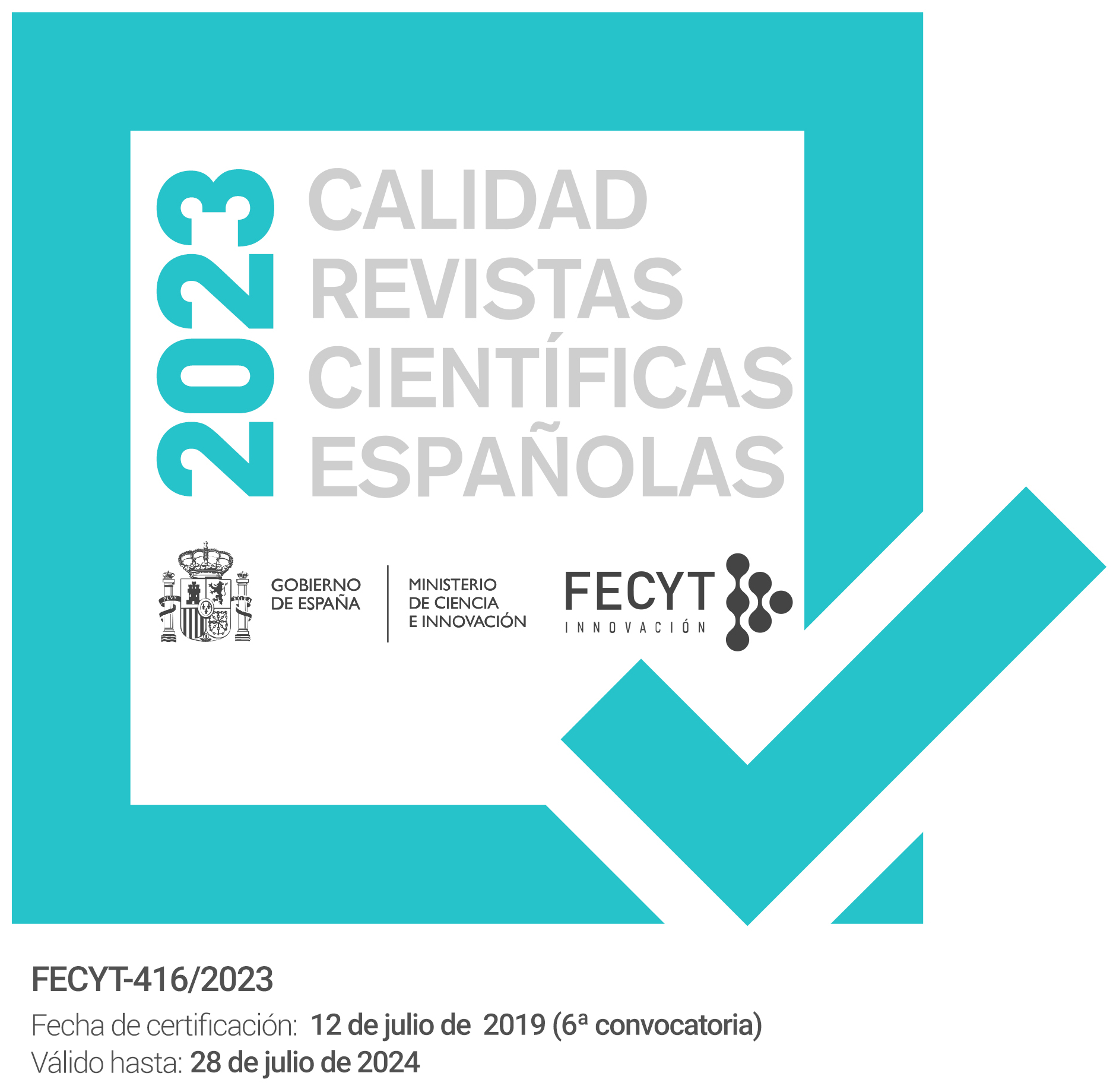From the Drip-Paintings of Jackson Pollock to the Open Form of Earle Brown: Methodological Interconnections in the Years of the New York School
DOI:
https://doi.org/10.51349/veg.2022.1.16Keywords:
Pollock, Brown, Dripping, New York School, Open FormAbstract
The end of World War II ushered in the gradual emergence of the New York School, where a number of musicians and painters began to develop new experimental approaches, leading to the advent of Abstract Expressionism. Taking his lead from an analysis of spontaneity, randomness, freedom of execution and interpretative diversity observed in the dripping of Jackson Pollock’s paintings, Earle Brown (1926–2002) developed the open form of musical composition and notation, where the musician was given freedom of interpretation at the time of musical performance and the score itself proposed a multitude of different ways for the piece to be performed.
Downloads
References
Adorno, T. (2002): Essays on Music. Selected, with Introduction, Commentary, and Notes by Richard Leppert, University of California Press, Berkeley and Los Angeles, California.
Adorno, T. (2003): Filosofía de la nueva música, Ediciones Akal, Madrid.
argan, G. C. (1948): Collezione Peggy Guggenheim. Catálogo de XXI V Biennale di Venezia.
Aviñoa, X. (ed.) (2014): Tecnología y creación musical, Editorial Milenio, Lleida.
Beal, A. C. (2006): New Music, New Allies: American Experimental Music in West Germany from the Zero Hour to Reunification, University of California Press, Los Angeles.
Bonito Oliva, A. (2002): Pollock, Giunti Gruppo Editoriale, Firenze.
Boulez, P. (1984): Puntos de referencia, Gedisa, Barcelona.
Brown, E. (1989): Unpublished interview by John Holzaepfel, Archives of the Earle Brown Music Foundation, New York.
Cage, J. (1990): I-VI, Harvard University Press, Cambridge.
Cox, C.; Warner, D. (eds.) (2004): Audio Culture: Readings in Modern Music, Continuum International Publishing, New York.
De la Calle, R. (2007): «Sobre las relaciones entre música y pintura», AISTHESIS, 42: 87-97.
Dickinson, P. (1987): CageTalk: Dialogues with & about John Cage. Disponible en: http://www.newmusicbox.org/articles/CageTalk-Earle-Brown-Interview-with-Peter Dickinson/ [Consulta: 26/02/2021].
Duffie, B. (s. f.): Composer Earle Brown. A Conversation with Bruce Duffie. Disponible en: http://www.bruceduffie.com/brown.html [Consulta: 26/02/2021].
Frank, E. (1983): Pollock, Abbeville Press, New York.
Gann, K. (2006): Music Downtown: Writings from the Village Voice, University of California Press, Los Angeles.
García, M.S. (1996): Las flores del infierno: Manolo Millares y Jackson Pollock, Anales de Historia del Arte, 6: 217-234.
Greenberg, C. (1948): The Decline of Cubism, Partisan Review, 3: 366-369.
Guilbaut, S. (1990): De cómo Nueva York robó la idea de arte moderno, Mondadori, Madrid.
Hoek, D. J. (2004): Documenting the International Avant Garde: Earle Brown and the Time-Mainstream Contemporary Sound Series, Notes, 61 (2): 350-360.
Holmes, T. (2005): Electronic and Experimental Music: Pioneers in Technology and Composition, Routledge, New York.
Hunter, S. (1958): Jackson Pollock 1912-1956, Whitechapel Art Gallery, London.
Jachec, N. (2011): Jackson Pollock. Obras, escritos, entrevistas, Polígrafa, Barcelona.
Kim-Cohen, S. (2009): In the Blink of an Ear: Toward a Non-Cochlear Sonic Art, The Continuum International Publishing Group, New York.
Kim, R.Y. (ed.) (2017): Beyond Notation: The Music of Earle Brown. University of Michigan Press, Ann Arbor
Klee, P. (1987): Diarios 1898-1918, Alianza Editorial, Madrid.
Kozinn, A. (2007): Picture a Pollock Painted by Harps, Music Review. Disponible en: http://www.nytimes.com/2007/05/23/arts/music/23zank.html?_r=0 [Consulta: 26/02/2021].
Meyers, O. (2001): Mobility in the Works of Alexander Calder and Earle Brown, McGill University Press, Montreal.
Nyman, M. (1999): Experimental Music: Cage and Beyond, Cambridge University Press, Cambridge.
Nyman, M. (2006): Música experimental. De John Cage en adelante, Documenta Universitaria, Girona.
Pytheas Center For Contemporary Music (s. f.): Earle Brown (1926-2002). Disponible en: http://www.pytheasmusic.org/brown_earle.html [Consulta: 26/02/2021].
Revill, D. (1992): The Roaring Silence: John Cage, A Life, Arcade Publishing, New York.
Rosenberg, H. (1952): The American Action Painters, Art News, 51 (8): 22-50.
Saunders, F. (2013): The Cultural Cold War: The CIA and the World of Arts and Letters. New York Press, New York.
Siegel, J. (1999): Painting After Pollock. Structures of influence, OPA, New York.
Smigel, E. (2003): The New York Schools of Music and Visual Arts, American Music, 21 (2): 249-254.
The Earle Brown Music Foundation (2013): Module I. Disponible en: http://www.earle-brown.org/works/view/34 [Consulta: 26/02/2021].
Tomassoni, I. (1978): Pollock, Grosset & Dunlap, New York.
Tomkins, C. (1968): The Bride and the Bachelors, Penguin, New York.
Valdebenito, L.; Carrasco, E. (2011): Las relaciones entre la música y la pintura en el pensamiento de Theodor Adorno, Revista NEUMA, 1 (4): 44-57.
Yáñez, P. (2006): El amigo americano (80 años de Earle Brown), Mundoclasico.com. Disponible en: https://www.mundoclasico.com/articulo/9642/El-amigo-americano-80-a%C3%B1os-de-Earle-Brown [Consulta: 26/02/2021].
Downloads
Published
Issue
Section
License
Copyright (c) 2022 Íñigo Sarriugarte Gómez

This work is licensed under a Creative Commons Attribution-NonCommercial-NoDerivatives 4.0 International License.
The articles are open access distributed under the terms of the Creative Commons Attribution-NonCommercial-NoDerivatives (CC BY-NC-ND) Spain 4.0 license. Authors who publish in this journal agree with the following terms:
a) Authors retain the copyright and guarantee the journal the right to be the first publication of the work as well as licensed under a Creative Commons Attribution License that allows others to share the work with a recognition of the authorship of the work and the Initial publication in this magazine.
b) Authors may separately establish additional agreements for the non-exclusive distribution of the version of the work published in the journal (for example, place it in an institutional repository or publish it in a book), with recognition of its initial publication in this magazine.
c) Authors are allowed and encouraged to disseminate their work electronically (for example, in institutional repositories or on their own website) before and during the submission process, as it may result in productive exchanges, as well as a earliest and largest citation of published works (See The Effect of Open Access).



